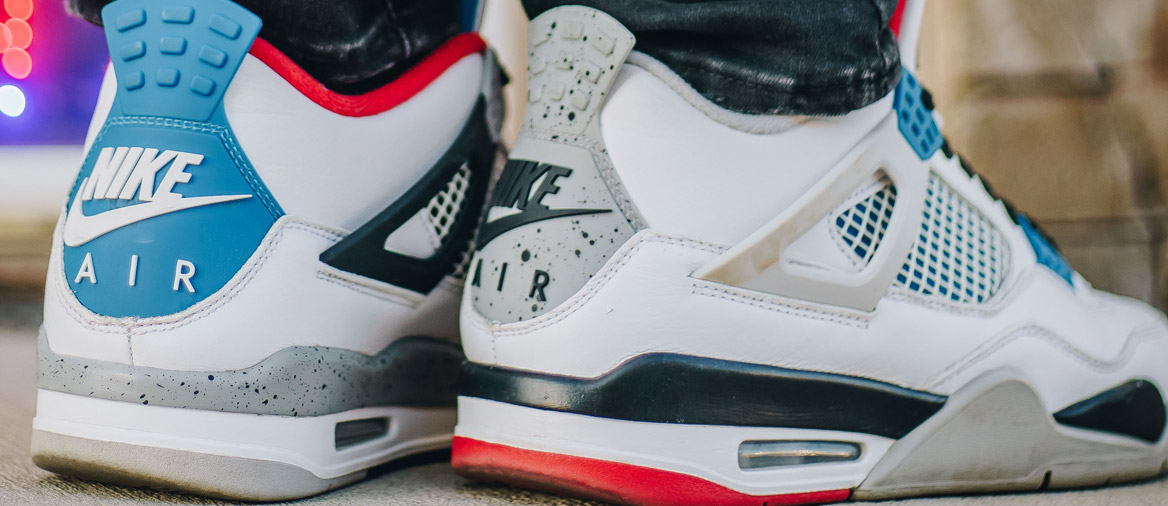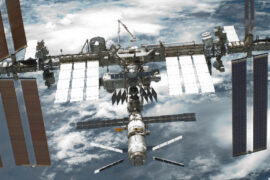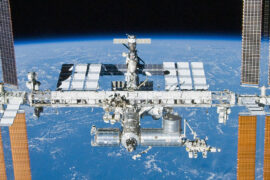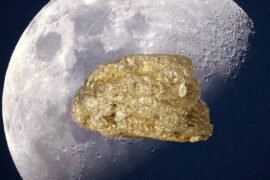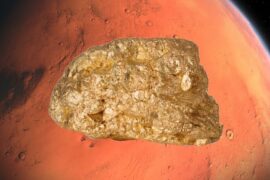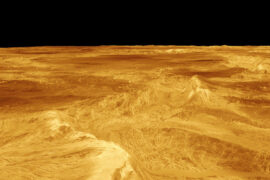The technology that NASA works on with the purpose of space exploration tends to end up having many uses down here on Earth, improving the lives of millions of people around the globe.
We have already written about the benefits that space exploration brings to mankind, but in this article, we are going to take a look at the inventions that came from NASA in some way or another and that have become everyday products.
Who owns the inventions NASA comes up with?
When NASA develops a technology independently that they believe can help many people, they sometimes release it to the public domain so companies and individuals can develop products around it. Other times, the patent belongs to the company that NASA teamed up with to develop the invention.
1) Nike AIR shoes
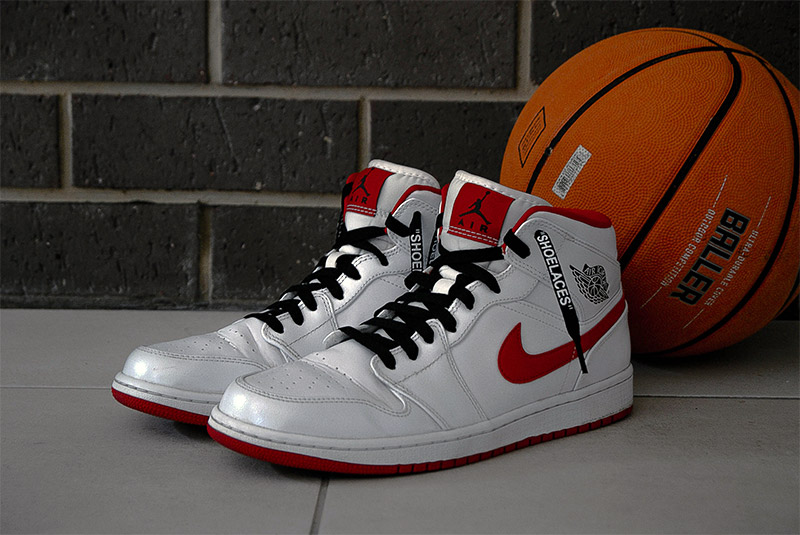
In 1979, NASA employee Frank Rudy had the idea to take the technology they had been using to make astronaut helmets and apply it to sports shoes soles.
The technique consists of pumping an inert gas into melted plastic while it is being molded. The gas then fills up the space between the plastic molecules creating a cushion while the plastic seals the air inside. This greatly reduces the strength of an impact.
Rudy took the idea, patented it, and pitched it to Nike. In 1978 the company launched the first shoe that used the “AIR” technology, the Air Tailwind. The AIR brand and tech are still being used today in their famous line of sneakers.
2) Wireless headphones
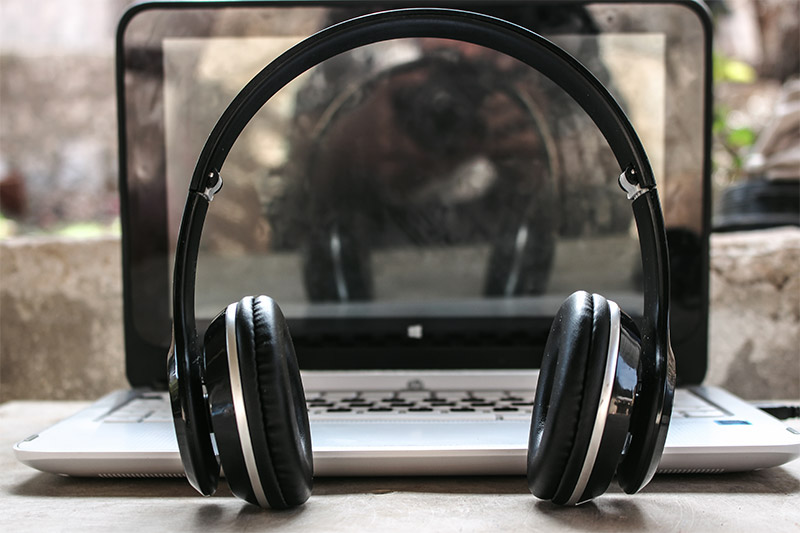
In 1961, during a test for Project Mercury – a predecessor to the Apollo program – the hatch of the Liberty Bell 7 capsule prematurely blew up in the middle of the ocean, flooding it and breaking the communication equipment. This left astronaut Virgil “Gus” Grissom stranded in the water without a way to contact his pickup team.
Thankfully, Grissom was found minutes later by the helicopters and brought home safely. But this experience made NASA realize astronauts needed a way to communicate that didn’t depend on the capsules or ships.
They contacted Pacific Plantronics, a relatively new audio company that had created a headset for the military. Together, they worked on a way to integrate their technology into the astronaut’s helmets that were wireless and reliable.
The technology later evolved and became the first wireless headphones. And while they remained too expensive for the general public until the 2000s, now they are used every day by millions of people.
Pacific Plantronics later abbreviated its name to Plantronics and are now known as Poly after merging with another company.
3) Laptops

According to our traffic stats, about 35% of you are reading this article on a laptop. Well, the invention of the modern laptop can be tracked all the way back to NASA.
While other “portable” computers existed before it, the first clamshell design that is still used today by every laptop was the GRiD Compass, designed by GRiD Systems Corporation.
The rugged, durable design of the GRiD made it a perfect candidate to take it to the space shuttle. So in 1982, NASA collaborated with the company to adapt it and made the SPOC (Shuttle Portable On-board Computer, but the Star Trek reference s probably not a coincidence).
The GRiD seems like a toy for the technology our laptops have today. The screen had a resolution of 320×200, a 340-kilobyte memory, and a 1,200 bit/s modem. It weighs 11 pounds (5 kg) and the basic model had a hefty price of $8,000 dollars ($25,000 of today’s dollars adjusted for inflation).
4) DustBusters
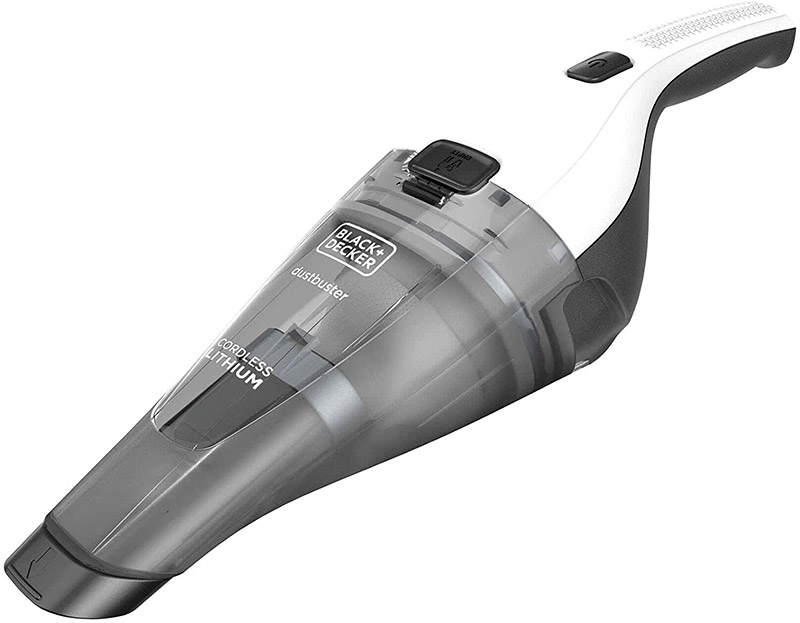
Why would NASA need wireless vacuum cleaners?
To collect rocks. More specifically, rocks on the Moon.
One of the objectives of the Apollo program when it started in 1962 and culminated with the Moon landings in 1969-1972 was to bring back the first samples of lunar rocks and soil.
While the surface rocks were easy to get by well, simply picking them up, the sub-soil samples were a problem because they would require a drill that worked with its own power source and under the Moon’s gravity conditions.
NASA teamed up with the electronics company Black & Decker to develop this tool. The trickiest part was developing a motor that didn’t require much energy.
Black & Decker then adapted the technology to be used as a household item and launched the first portable vacuum cleaner to the public in 1979. Later, the same tech has been used in thousands of other products for other industries.
5) Memory Foam
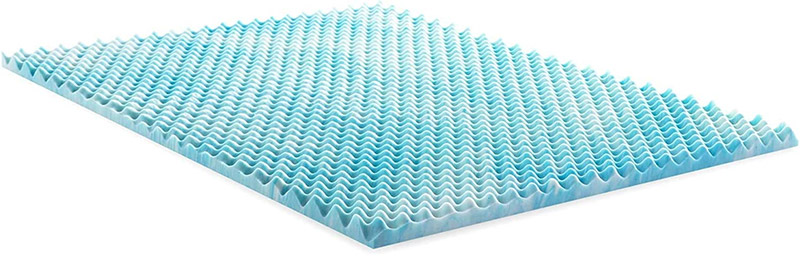
Astronaut safety is a big concern for space exploration. That’s why you will see that several of the inventions that came from NASA started as security measures.
Such is the case of the visco-elastic foam or memory foam as it is now colloquially known. This material was invented in the 1970s to add support under high G force conditions, increased crash protection for astronauts, and upgraded durability.
Even though NASA released the invention to the public domain in 1980, it was too expensive to produce at the time. It took several decades for companies to bring down the cost of production enough for it to be accessible to the average consumer.
The technology was later adapted to create more comfortable mattresses, pillows, gaming chair,s and other products.
Companies that make use of the technology can apply for the Certified Space Technology stamp. This is why some mattresses are even sometimes marketed as “astronaut mattresses”.
6) LASIK Surgery

The eye moves involuntarily about 100 times per second. Even while you are asleep. This is known as saccadic movements, and for decades, it was the main impediment to executing complex laser surgeries.
In the 1980s, NASA and the Alcon company developed an imaging technology called LADAR that was able to track the most minuscule movements at a rate of 4,000 times per second. They needed it to make millimetric, instantaneous adjustments to the docking systems.
It turns out LADAR solved the exact problem ophthalmologists had. Now they had a technology that was not only able to precisely track eye movements but could also make adjustments on the fly. So, years later, LASIK surgery was developed.
7) Freeze Dried Foods

Sending food to outer space is very complex and has many challenges. It needs to be packed lightly, last for long periods of time, keep its nutritional value, generate little to no crumbs that could float to the delicate instruments of the ship, and if you ask astronauts, it needs to be at a little bit tasty.
This is why NASA has funded lots of research to develop new ways to preserve food. One of the most successful attempts happened after the Mercury project, in the late 50s, after astronauts heavily complained about the food they got for the mission as it was a tasteless, ugly toothpaste-like substance.
This is how the technology to make the freeze-dried food that we know today was invented. While the technique was not new, before this it required boiling water and a long time. NASA’s research perfected it to be able to use cold water and reduce the time it took to be ready.
Today freeze-dried foods are used in medical facilities, hiking trips, baby food, and survival kits.
8) Baby Formula
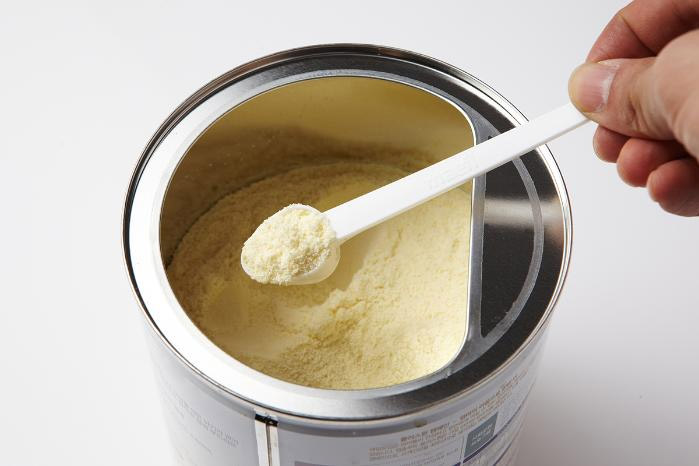
The nutritional enrichment that 90% of the baby formula in the market uses consists of Omega-3 fatty acids that for a long time were thought to only be available in a few sources like breast milk.
During the research for the Mars missions, NASA was looking into ways to add nutritional value to astronauts’ food so they could stay healthy during long missions. The team found microalgae that contained them and could be processed and added to food.
The company that developed this project with NASA was Martek, and went on to become a big player in the nutritional field until it was acquired in 2011.
9) Water Purifiers
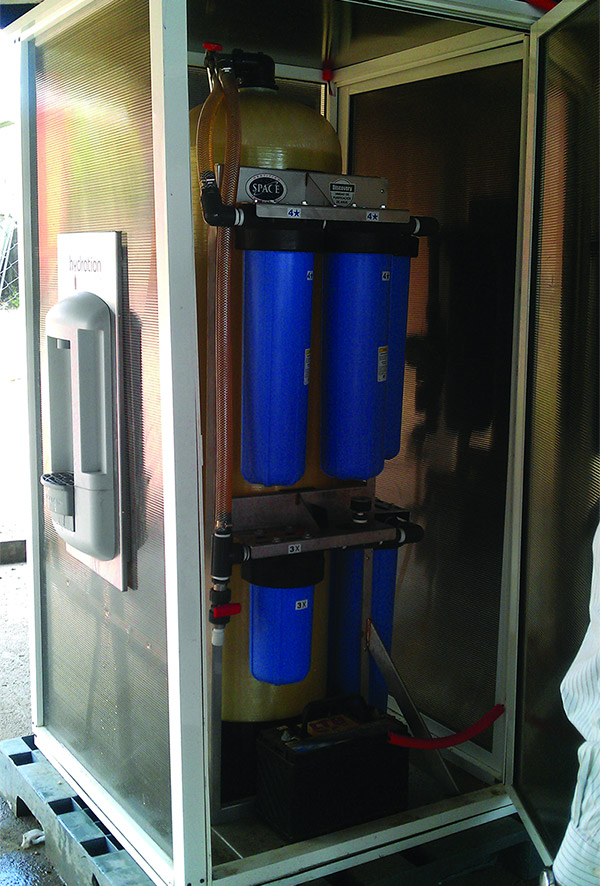
Efficiently recycling water aboard the International Space Station is critical to keep it working. This involves a two-step system. One for water recovery, and one for oxygen generation.
For this part, we are going to focus on the first one, known as the WRS (Water Recovery System).
One of the key components of the WRS is an iodinated resin that controls microbial growth without requiring an energy source. It is the key ingredient in a piece called the Microbial Check Valve (MCV).
Outside the ISS, the MCV was released first to a non-profit organization called Concern for Kids and since then has been used to create affordable and effective purification systems for both commercial purposes and for relief efforts in developing countries.
10) Artificial Limbs
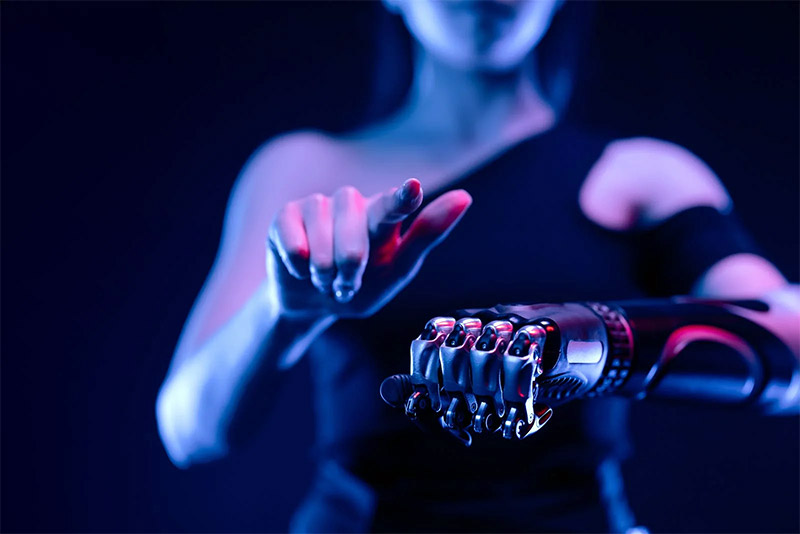
The contributions that NASA has made to the medical field are many. When combined with their expertise in robotics, it’s no coincidence that many of the advancements in the field of artificial limbs have come from the space agency.
From shock-absorption materials to artificial muscle systems or techniques that prevent heat buildup, the technology that NASA researches and develops to make space exploration possible has also helped develop this biotechnology field.
Inventions that did not come from NASA
While many everyday items have been created thanks to the research and technology created at NASA, other inventions are also often misattributed to them.
Some of these mistaken attributions are:
- Barcodes
- Quartz clocks
- The microchip
- Smoke detectors
- Tang juice powder
- Velcro
- Teflon
Resources
For more information and updates on the inventions that NASA helps bring to the world, check out the NASA spinoff site.
Summary
- Some of the inventions that came from NASA are Nike AIR shoes, wireless headphones, water purification systems, LASIK surgery, laptops, dustbusters, and others.
- Some inventions that were not included in the list where NASA has also contributed in some way are insulin pumps, solar cells, space blankets, firefighting equipment, 3D food printing, and cochlear implants.
- Some of the inventions that have been mistakenly attributed to NASA are velcro, Teflon, tang juice power, and barcodes.

